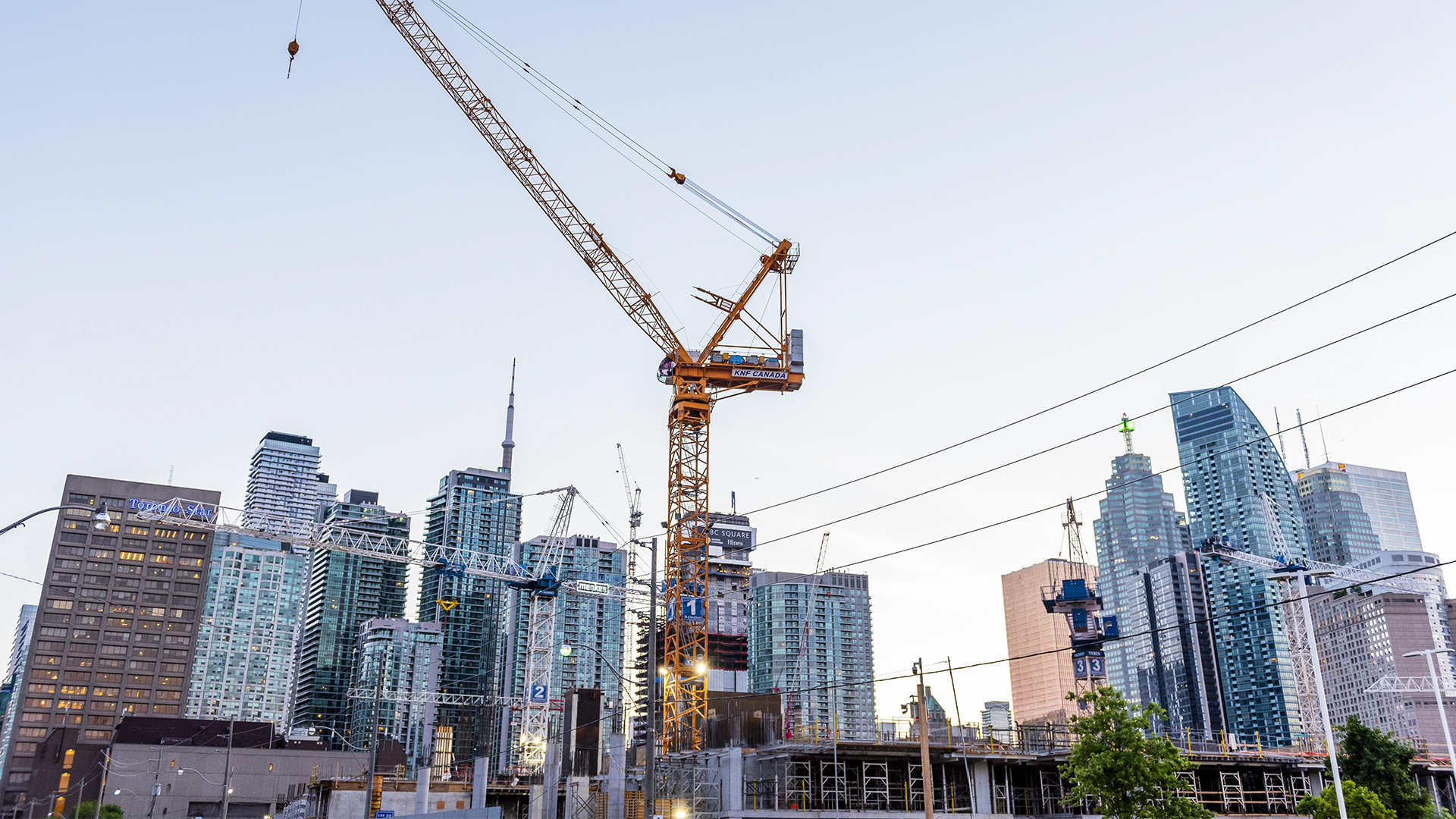
The built environment is a key driver of extreme heat in urban areas and so must be an essential part of any meaningful climate-resilience plan. To prepare for the consequences of climate change, particularly extreme heat, our buildings, old and new, must undergo a radical transformation. As shown by decades of experience with voluntary energy-efficiency programs, a large-scale transformation of the building sector will come about only if the bottom line is raised through regulatory requirements. Codes and standards are the most far-reaching and effective policy tool to bring about change in the building sector. Therefore, any effective resilience and adaptation program will also have to be incorporated into, and mandated and enforced by, building codes and standards.
In that light, Canada’s inadequate building energy regulations are a systemic factor that increasingly exposes Canadians to the consequences of climate change, including extreme heat, and precludes effective resilience and adaptation measures. We have allowed our country to be populated with low-efficiency building stock and we continue to build poorly performing buildings. While our building policies allow, and even incentivize, such buildings, the role and importance of regulations in the building sector is ignored in the discussion of climate resilience.
New construction can’t be allowed to sidestep energy efficiency
Addressing climate change by retrofitting Canada’s existing buildings
Canadian energy savings are decreasing when they need to scale up
A new University of Waterloo report that sounds the alarm about extreme heat in Canada is the latest example. The report offers a long overdue acknowledgement of climate change as an unavoidable reality and an urgent call to prepare for its consequences.
“Urban areas are the hot spots of global warming. Extreme heat, alongside flooding and wildfire, is a key risk to the health and well-being of Canadians,” the report warns. “The situation is growing more dangerous, driven by irreversible climate change – Canada is warming, on average, at twice the global rate. Urgent action is required now to manage risk and avoid worsening impacts – and ultimately fatalities – resulting from rising heat,” it says.
The report points to densely built areas with little or no greenery that are home to energy-intensive activities. It outlines the impacts of extreme heat on physical and mental health, infrastructure and the economy. Some 35 practical actions are also proposed to lessen the urban-heat-island effect and reduce human vulnerability to heat-related illnesses.
However, Canada’s building regulations, particularly the National Building Code of Canada, is mentioned only in a few side notes on factors that might restrict the implementation of the proposed actions (e.g. “the National Building Code does not address the construction of green roofs” or “overheating is yet to be addressed by the National Building Code of Canada.”) There is also mention of home inspections to improve heat resilience, but rather than discussing integration in, and enforcement through, regulations, only the voluntary EnerGuide program is mentioned as an example.
There is growing frustration with the dysfunctional code development processes that continue to waste invaluable time to modernize Canada’s building energy regulations and realize the necessary transformation of the building sector. I have written about the continued failure of our regulations to deliver the outcomes needed for transforming the building sector as well as some of the systemic reasons for that failure. The methodological flaws of the approach used in Canadian codes are documented in a growing body of scientific studies, including a recent one by Natural Resources Canada staff. The shortcomings of Canada’s approach to regulating energy in buildings are not merely a matter of technical demerit, as argued in another recent study; by allowing and incentivizing poor design and construction, our flawed regulations have an important attitudinal and cultural effect in the industry, which is also bound to hurt transformational efforts other than energy efficiency.
Numerous energy-related factors remain unregulated or insufficiently addressed in Canada’s codes and standards. Solar heat gain through windows, external shading, ventilation with energy recovery and air filtration, and air leakage control (and thereby indoor air quality) are only a few examples. Along with planning questions such as building shape, orientation and window-to-wall ratio, those details have significant implications for extreme-heat resilience.
For instance, our existing building energy codes effectively encourage the use of windows with high solar heat gains, even though it is broadly known that absent careful sizing and placement, such windows can easily create extremely uncomfortable living spaces and subsequently extremely high cooling energy expenditure and cost. It is even worse: by allowing the use of high-SHG windows to meet energy metrics and awarding “high efficiency” or “low emission” labels, our flawed regulations greenwash those low-performing, extreme-heat-vulnerable buildings.
Some of the co-benefits listed in the report for extreme-heat resilience, particularly “lower energy bills,” are achievable only if resilience is addressed first and foremost by increasing the energy efficiency and overall performance of buildings, both new and existing. Otherwise, running the air conditioning in a low-performing building for longer and longer periods will only mean higher and higher energy costs. In fact, unless swift action is taken to address the energy performance of buildings, the potential energy co-benefit of extreme-heat resilience could turn out to be a vulnerability.
Canada’s clean-energy gazelles are outperforming fossil fuels
Canada needs an ambitious energy-retrofit plan for buildings
Take electrification, the buzzword used nowadays to refer to the replacement of fossil fuel-burning equipment (boilers, furnaces) with electric heat pumps, which can provide both heating and cooling. Hasty electrification of low-performing buildings is increasingly popular and even widely incentivized across the country. At the same time, our continued delay in creating and implementing a building retrofit code and launching large-scale retrofit programs means an imminent surge of oversized air-conditioning equipment in urban centres. Both these developments will only increase the burden on the electricity grid. Add to that the growing number of electric vehicles on roads, also incentivized by various policies, and there remains little question about the increased vulnerability of the urban energy infrastructure to extreme heat. As mentioned in the UW report, “power outages during heat events could have severe consequences.”
The University of Waterloo report duly lists extreme heat along with wildfires and flooding as extreme weather events that risk the health and well-being of Canadians. In that context, the report’s proposed actions to deal with buildings (installing green roofs, shades, air conditioning) amount to little more than Band-Aid solutions for the fundamentally problematic buildings we continue to build day after day.
Perhaps the main takeaway from the report is the recognition that climate change is happening here and now. It is beyond economic or environmental politics; it is an urgent matter of life and death. In the words of the Waterloo report’s authors, “[w]e cannot prevent extreme weather caused by climate change in the short term, but we can – indeed must – adapt to it.” That is not apocalypticism; that is responsible realism. Across all sectors, we should mobilize to prepare for its consequences. What is missing is any discussion or mention of the policies and systemic barriers that delay and prevent that mobilization, specifically in the building sector.
Imagine a building code that has few fire-protection provisions (or indeed incentivizes ineffective protection). Say it would allow hay huts to be built, but then it advocates that the residents of these huts get sand buckets and water hoses in preparation for wildfires. Now imagine what the reaction of grassroots organizations, the industry and the public sector would be.
In light of the growing attention to climate resilience, our ineffective building energy regulations and our inaction to address their shortcomings are emerging as more perilous than a collective failure to reduce the energy demand and GHG emissions of the building sector. They can now be seen as a serious threat to health and well-being. Where is the outcry?











